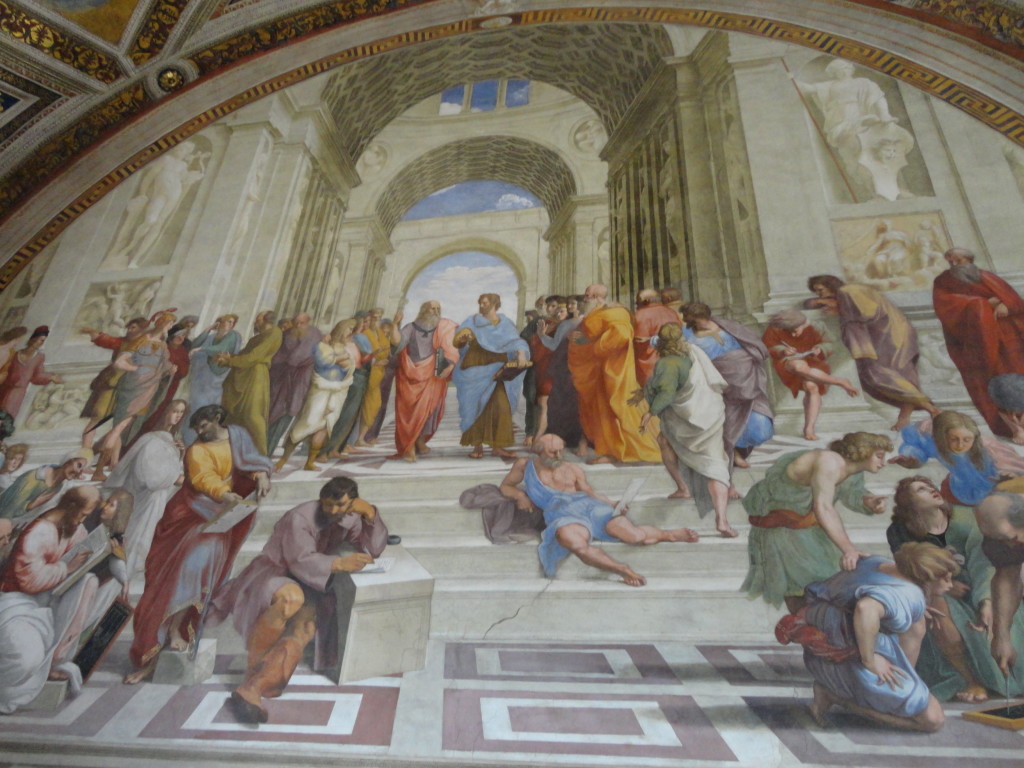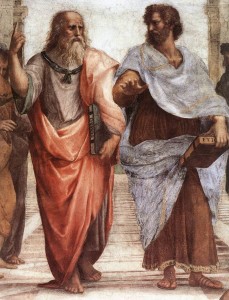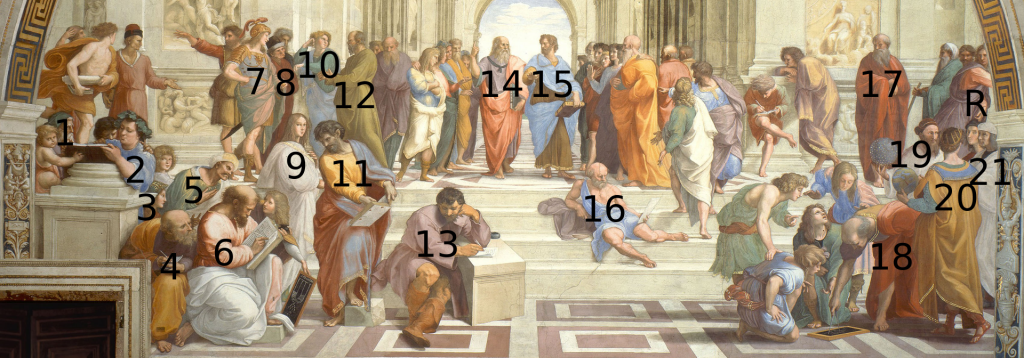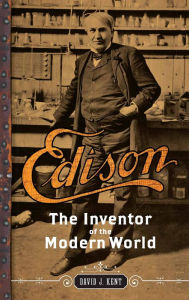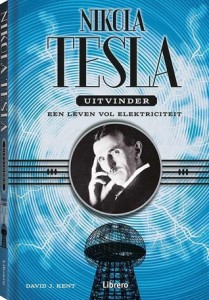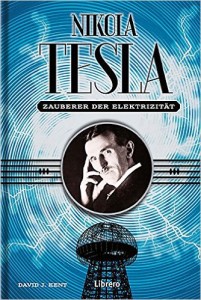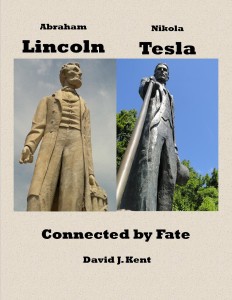 For Earth Day – Earth: The Operators’ Manual by Richard B. Alley (A Book Review)
For Earth Day – Earth: The Operators’ Manual by Richard B. Alley (A Book Review)
Richard Alley is a climate scientist. While many may not have heard of him before, some will have seen him give a demonstration of the Earth’s tilt (and its relationship to climate change) in a House hearing in 2014. Using his head, with his bald spot representing the North Pole, Alley schooled Republican Rep. Rohrabacher on historical climate science. Alley uses the same humor and adroitness of analogy in Earth: The Operators’ Manual to give us an engaging look at our planet, the changes that are occurring, and options for moving forward.
The book is a companion to a PBS documentary. The book is divided in to three parts totaling 24 chapters. The first part gives us a glimpse at how we have used energy over the millennia, how we have impacted the planet, and how we have moved from “peak trees” to “peak whale oil” to eventually (or even already), “peak fossil fuels.” The second part gives us a dozen chapters that make it clear that human activity is changing our climate. The third part focuses on options for non-fossil fuel energy sources.
Throughout, Alley’s whimsical side shows through, as does the ease at which he can communicate the science with apt analogies that all of us can understand. Who knew that climate was a bit like watching a kindergarten soccer game? With climate, many factors appear to be kicking around randomly but then, eventually, there seems to be an order to the chaos. As Alley takes us through the science it becomes undeniably clear that we are warming our planet.
While the first two sections may be the most entertaining, the final section is probably the most important part of the book. Alley examines “the road to ten billion smiling people,” that is, the options we have to providing energy for our ever-growing global population. Starting with toilets (I kid you not), he discusses the smart grid, solar and wind solutions, and pretty much everything else from hydroelectric to nuclear to geo-engineering. Some seem more promising than others, and Alley largely believes that some combination of renewable energy sources are the likely future.
Overall, I found the book interesting and definitely informative. It’s a worthy read for anyone interested in the topic.
David J. Kent has been a scientist for thirty-five years, is an avid science traveler, and an independent Abraham Lincoln historian. He is the author of Tesla: The Wizard of Electricity (now in its 5th printing) and two e-books: Nikola Tesla: Renewable Energy Ahead of Its Time and Abraham Lincoln and Nikola Tesla: Connected by Fate. His book on Thomas Edison is due in Barnes and Noble stores in July 2016.
Follow me by subscribing by email on the home page. And feel free to “Like” my Facebook author’s page and connect on LinkedIn. Share with your friends using the buttons below.
[Earth]



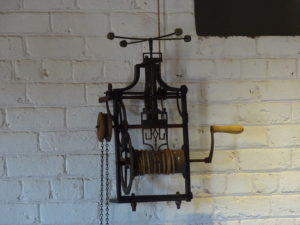
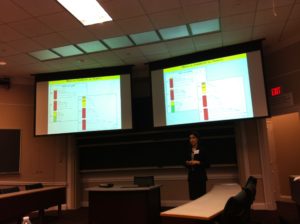
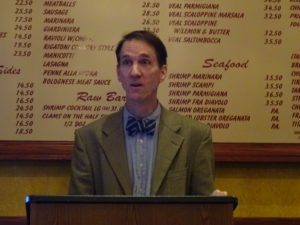
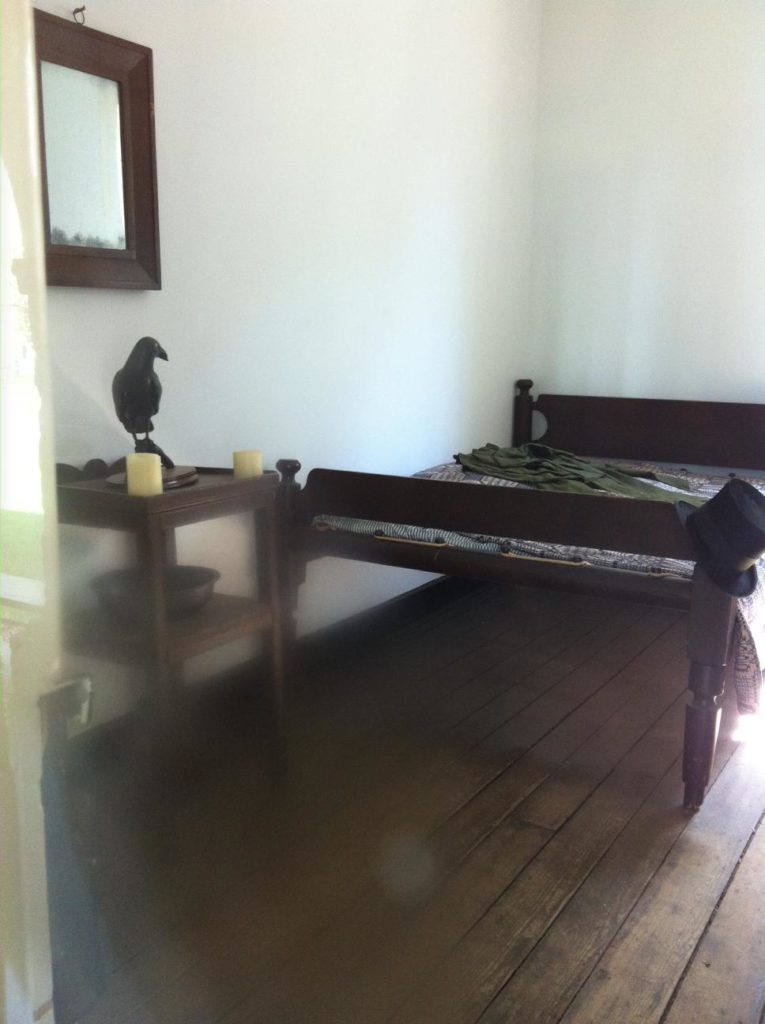
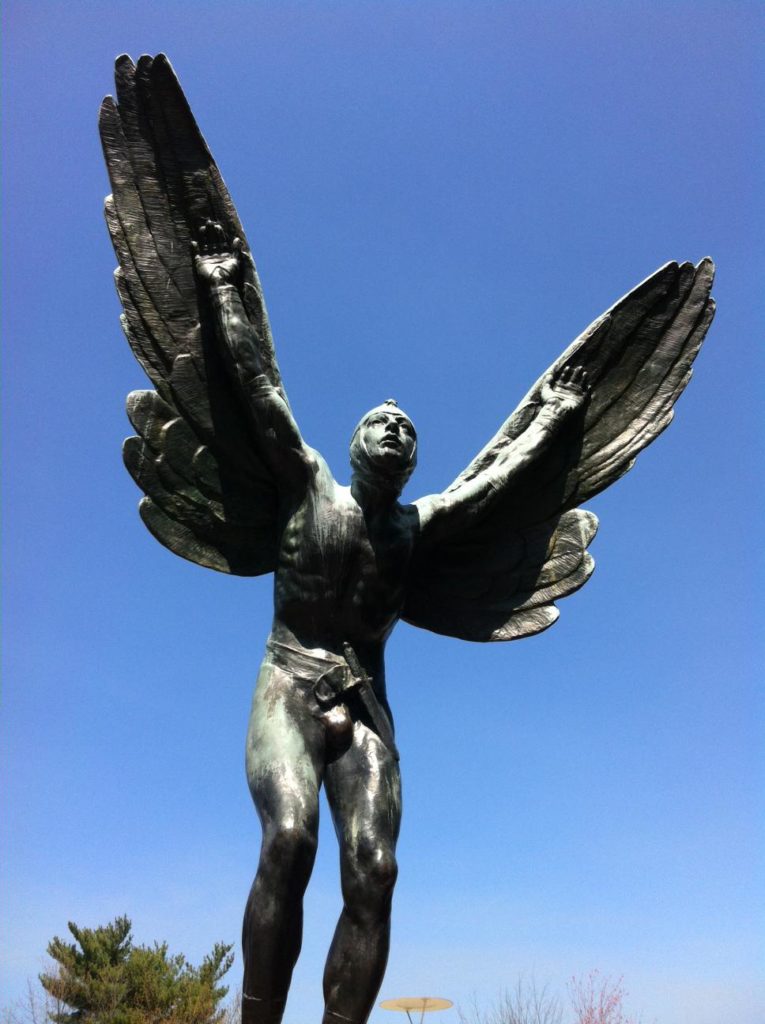
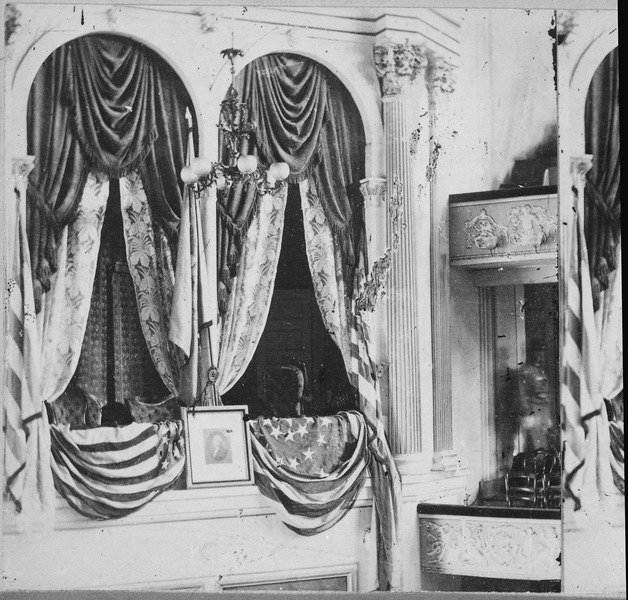
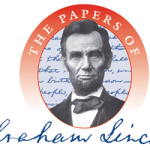
 The impetus for my impending visit was
The impetus for my impending visit was 